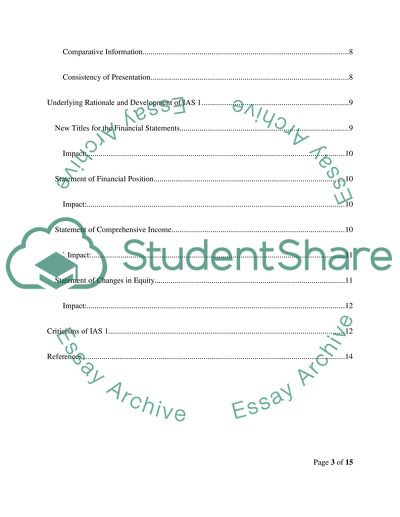Cite this document
(“Advanced Accounting Theory & Practice Essay Example | Topics and Well Written Essays - 2000 words”, n.d.)
Advanced Accounting Theory & Practice Essay Example | Topics and Well Written Essays - 2000 words. Retrieved from https://studentshare.org/finance-accounting/1446984-advanced-accounting-theory-practice
Advanced Accounting Theory & Practice Essay Example | Topics and Well Written Essays - 2000 words. Retrieved from https://studentshare.org/finance-accounting/1446984-advanced-accounting-theory-practice
(Advanced Accounting Theory & Practice Essay Example | Topics and Well Written Essays - 2000 Words)
Advanced Accounting Theory & Practice Essay Example | Topics and Well Written Essays - 2000 Words. https://studentshare.org/finance-accounting/1446984-advanced-accounting-theory-practice.
Advanced Accounting Theory & Practice Essay Example | Topics and Well Written Essays - 2000 Words. https://studentshare.org/finance-accounting/1446984-advanced-accounting-theory-practice.
“Advanced Accounting Theory & Practice Essay Example | Topics and Well Written Essays - 2000 Words”, n.d. https://studentshare.org/finance-accounting/1446984-advanced-accounting-theory-practice.


